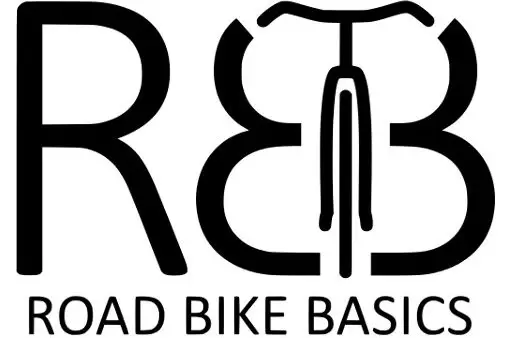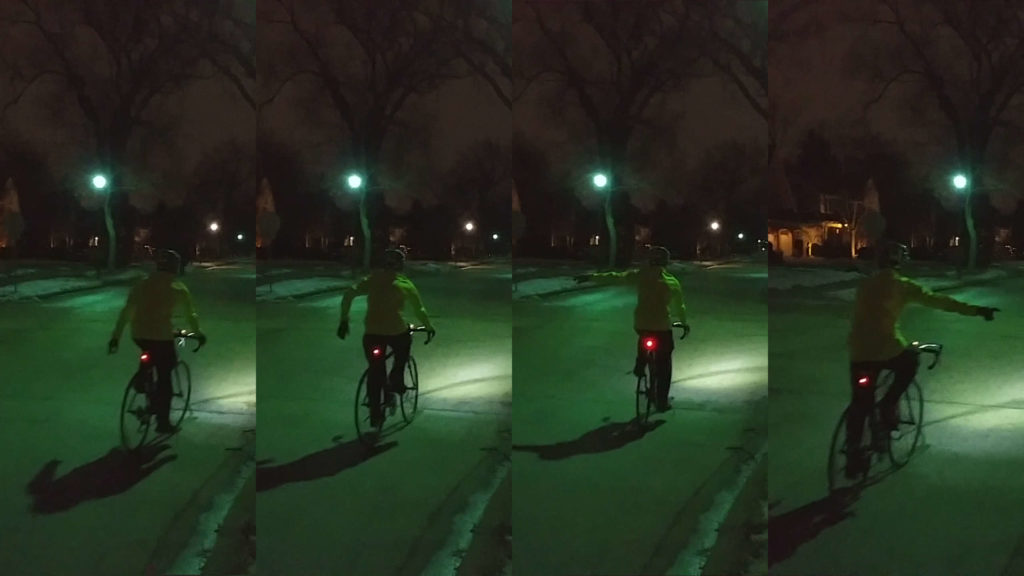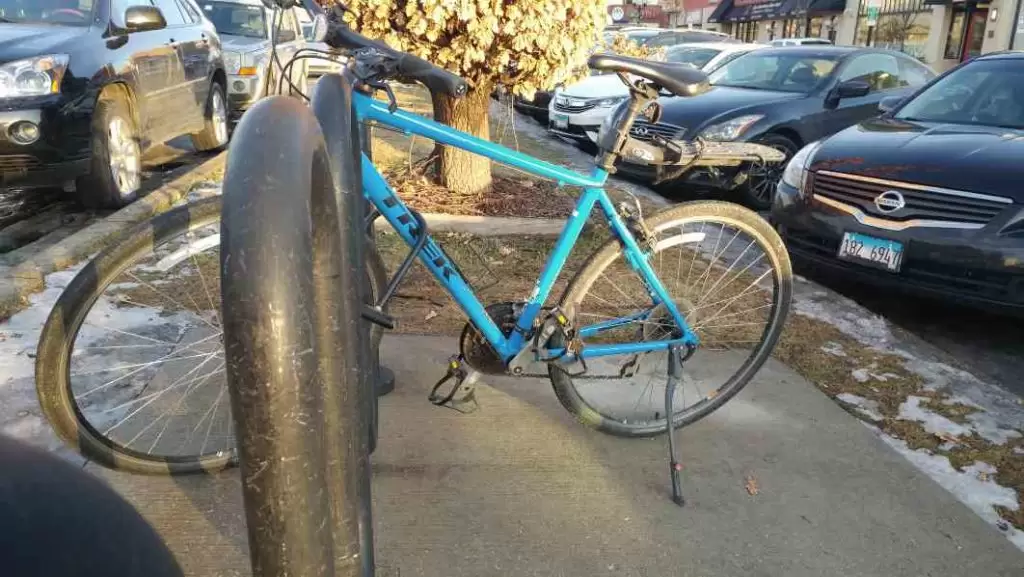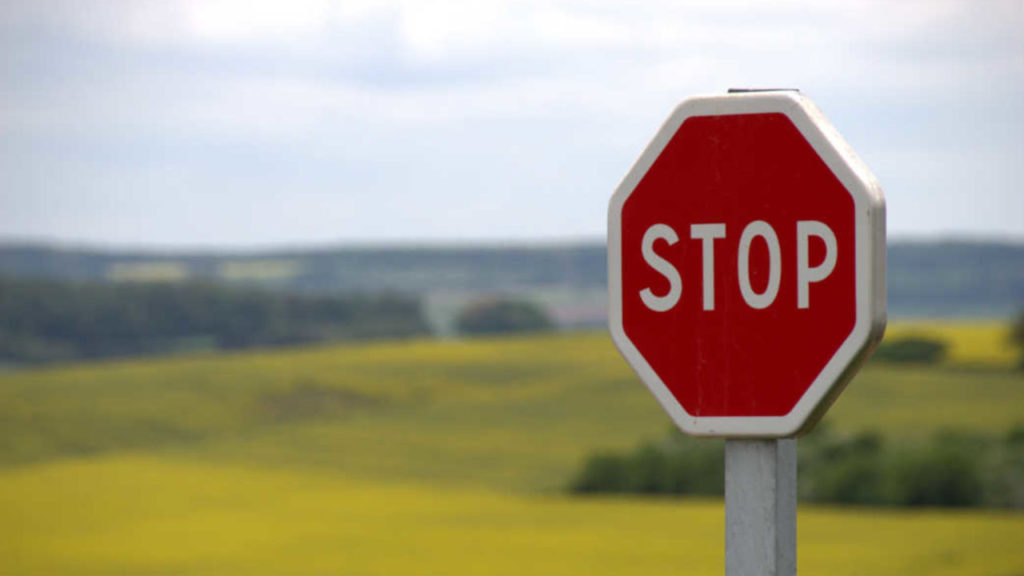Hand signals are the easiest way to communicate with others while you are riding your bike. While flipping the bird is a hand signal most people will comprehend, you can reduce your need for it by helping them understand what you are trying to do.
Just like in a car, there are three main signals: Left turn, right turn, and stop. Use them frequently and carefully.
However, there are many more signals for other scenarios, and how and when you use all of them matters if you want to use them well.
When and Where
Early And Often
Much like a turn signal in a car, you need to tell people what you want to do well before you do it. So, you should be lifting a hand signal as you are rolling up to the intersection, not while you are turning. Actually, once you’ve already signaled, you can just put your hand back on the handlebar for the turn.
The more often you use signals, the safer you’ll be. That much is obvious, but the natural tendency is to not bother with them if there isn’t anyone around. However, I like to follow the adage, “It’s not what you don’t know, it’s what you know that ain’t so.” It’s more dangerous to act like there isn’t anyone around you than it is to act like you don’t know.
So, just use your hand signals all the time. I’d much rather be in the habit of using them instead of not using them.
How
How To Not Fall Off Your Bike
There is a particular skill that you will absolutely need to practice: stopping and turning with one hand.
My big tip for turning is to put most of your weight onto your outside foot. The less that you are supporting yourself with your hands, the more you’ll be able to use them to control the turn. Bonus points if you can take the turn without even using your handlebars! Just be careful and practice with your hands at the ready, first.
Stopping with one hand is particularly difficult. When you use both hands, you are able to keep yourself upright by pressing on the handlebar evenly with both hands. However, when only one hand is on the handlebar, pressing on it just turns your wheel! So, I personally squeeze my knees together against the top tube of my bike and use that to keep myself up.
Using your knees isn’t particularly comfortable, or all that safe. So, that’s just another reason to put the signal up well before you stop. The same goes for turning if you need to slow down or come to a stop first.
Who
Solo Rides
When you ride by yourself, you should still use signals. You never know when there might be a car, pedestrian, or another cyclist that needs to know what you are about to do. However, you really only ever use your turn signal and maybe your stop signal.
There are more for group rides, though.
Group Rides
If You are going to ride in a group, you’ll need to know how to communicate with them in a way that isn’t just yelling at each other.
There is a lot of group riding etiquette to understand. Part of that is understanding and using more signals on top of what you use for solo riding.
Pointing Out Hazards
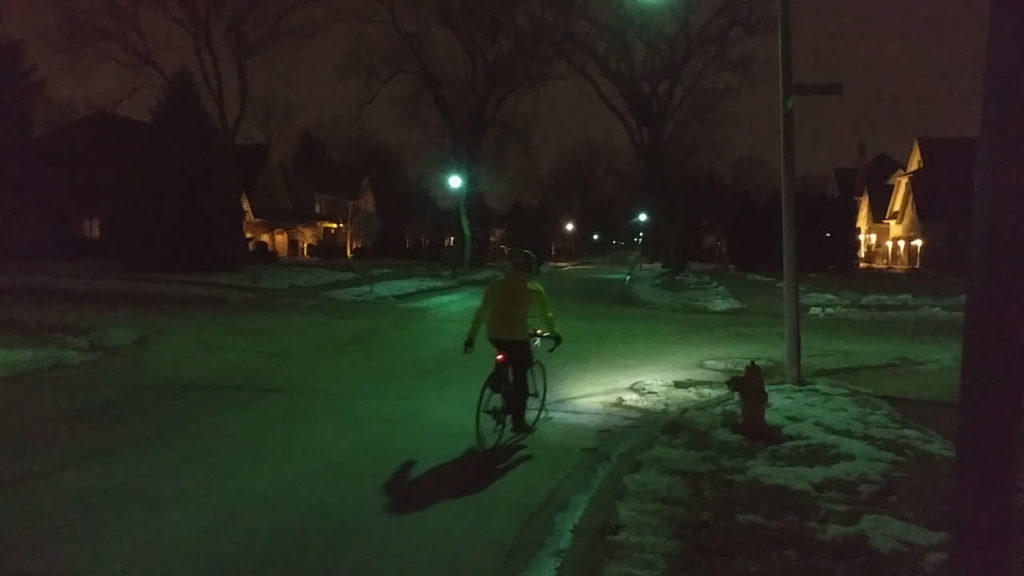
To make sure that you are being kind to your fellow riders, and understand how they are being kind to you, you should drop your hand down and point out any major hazards on the road. That could be anything from a rock, a hole, a big puddle, or a stick.
You don’t need to point out every little bump, but if you wouldn’t want to hit it, neither do they. So, make sure you look for and point out hazards to make sure that everyone can enjoy their ride as much as possible.
Asking to be replaced at the front
Part of being a polite rider in a group is taking your turn at the front. You’ll cut the wind and keep an eye out for hazards for the riders behind you. Setting the pace can take a lot of energy out of you, though. So, it’s important to be able to communicate that you need the next person to take their turn, and to be on the lookout when you are next in line.
Motion with your head and swing your elbow wide to get the attention of the next leader. You may need to do it a couple of times to ensure that they don’t just think you were stretching. Just make sure that you spent your fair share of time up in the front.
I hope that you now understand cycling hand signals a little better, and that knowledge will give you the confidence to go out and use them!
Thanks for being here!
I make content that empowers people to enjoy riding their bikes.
Are you interested in learning more about that?
Here are some hand
